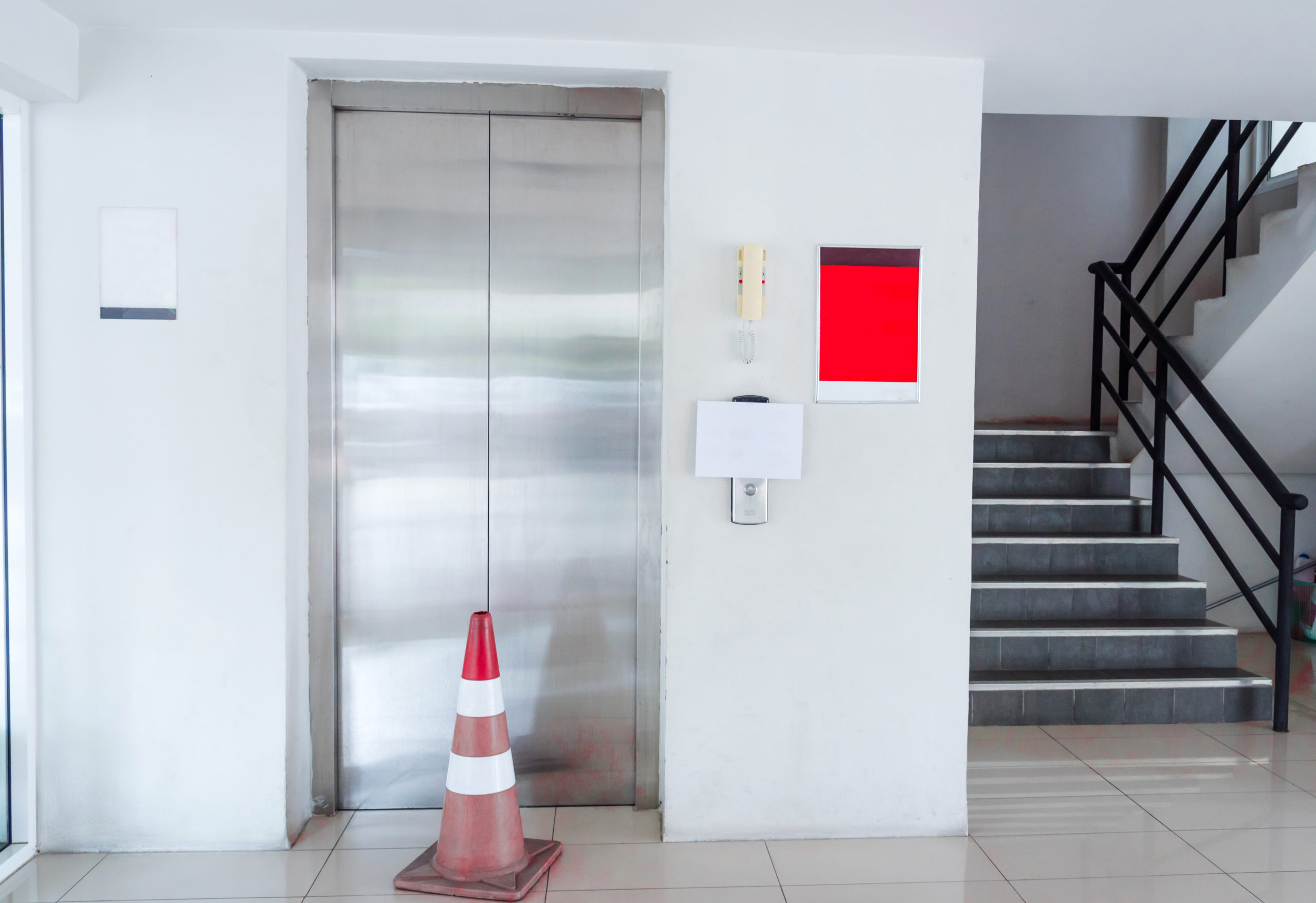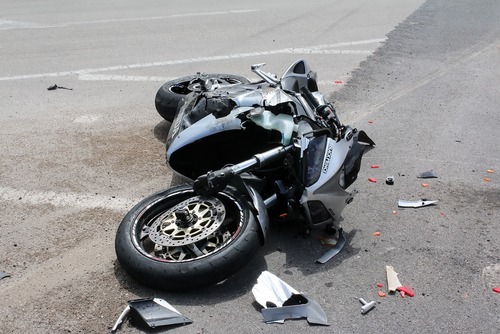
Elevator Defects and Malfunction
How many people do you know who have been involved in an elevator accident? Probably nobody, right? Elevator accidents are pretty rare as it is, with an estimated 27 people killed in these accidents per year. In New Jersey, a case involving an elevator was settled for $1.52 million when a plaintiff’s elevator cable lift snapped and caused the elevator to plummet downward while he was riding it. The 65-year-old man suffered compound fractures of both ankles and lower legs. He required many surgeries, and one of these surgical wounds became infected and caused him to lose his leg below the knee. In the claim, it was brought to attention that the elevator had been poorly maintained and was defective since it was designed without appropriate safety features like back-up cable or braking device.
Many more incidents have taken place over the years involving elevators. For instance, in Maryland in September 1996, a 53-year old man was killed when a hydraulic elevator that he was working on fell on him and caused him asphyxiation and head trauma. Again in 1997, a four-year-old girl was killed when she became wedged between a floor and the elevator. In 2002, two sisters were killed in New Jersey when a safety feature in the residential elevator failed to stop ascension of the car as the girls’ heads stuck out past the gate. Injuries occur approximately 10,200 times a year, and most of these accidents involve door malfunction, carriage misalignment, and passenger safety vulnerability.
What are the Chances?
Knowing previously stated statistics, the likelihood of you becoming injured or killed in an elevator accident is pretty slim. Many people don’t understand that the cables that hold up an elevator feature between two and eight and they are made out of steel. The number of ropes on any given elevator depend on a “factor of safety” that is set by building codes. Each rope can hold more than the entire weight of the car! It is true that these individual cables can occasionally fail, but this is extremely rare for all to become severed at once. Elevator engineers work to make sure that elevators are properly maintained and made safe, because they worry about more than just cable failures that may lead to accidents – they also concern themselves with the overall electronics, the pulley systems, and other features that ensure the safest travel.
Various Defects and Malfunction
Even though elevator accidents are not so common, there are “more” common defects and malfunctions that can take place when they do occur. These defects can be very dangerous and fatal to users. They include the following:
- Pulley system malfunction
- Mechanical breakdown that causes the elevator to drop rapidly within the shaft
- Open shaft that carries a risk of fall
- Fall due to faulty doors or other failures to protect passengers from entering
- Faulty wiring, elevator control malfunction, or a risk of electrocution
- Incomplete repairs or maintenance
- Inspections by unqualified personnel
- Unbalanced leveling and failure of elevator lining up with floor
- Wiring malfunction or entrapment due to the heat from fire
Over the years, certain elevator companies such as Abell, Otis, Schindler, and more have fallen victim to claims against their company when accidents occurred that could have possibly been prevented. If you or a loved one have been injured in an elevator accident, you may have a case. You can call a trusted attorney at MDL in New Jersey for a free consultation and to have your claim reviewed by the experts!


















